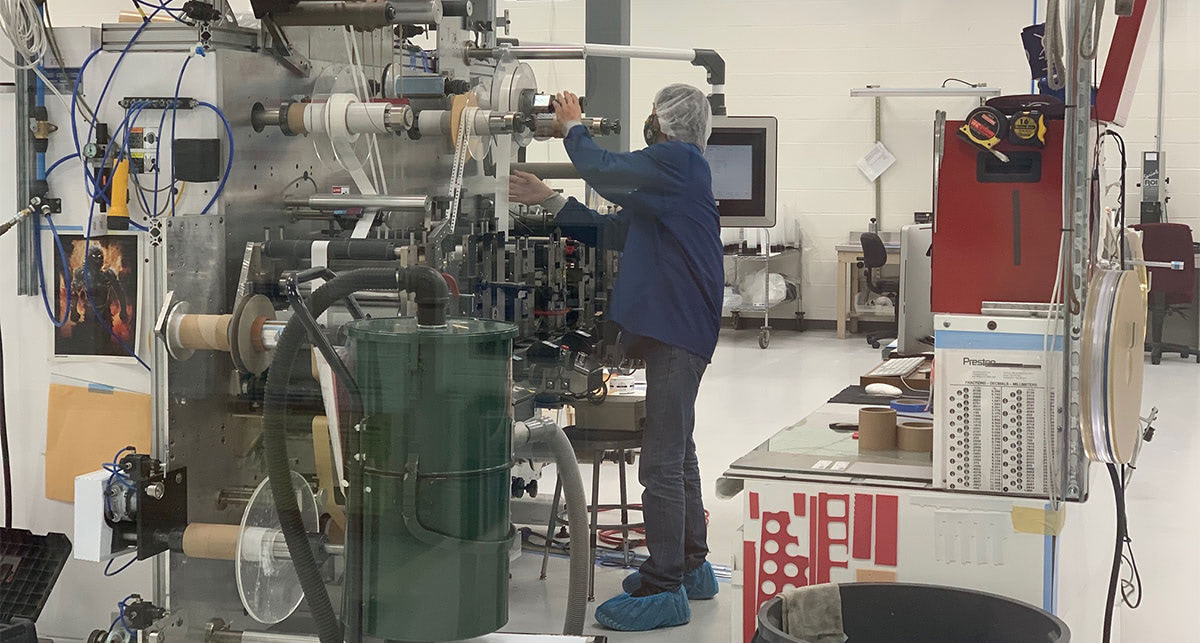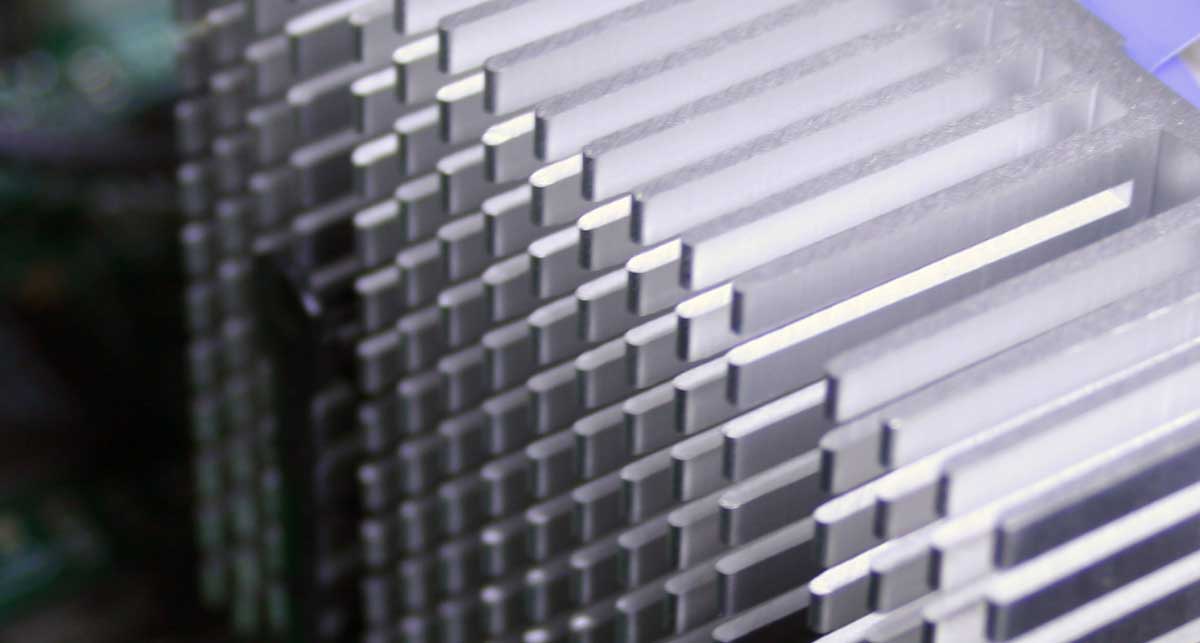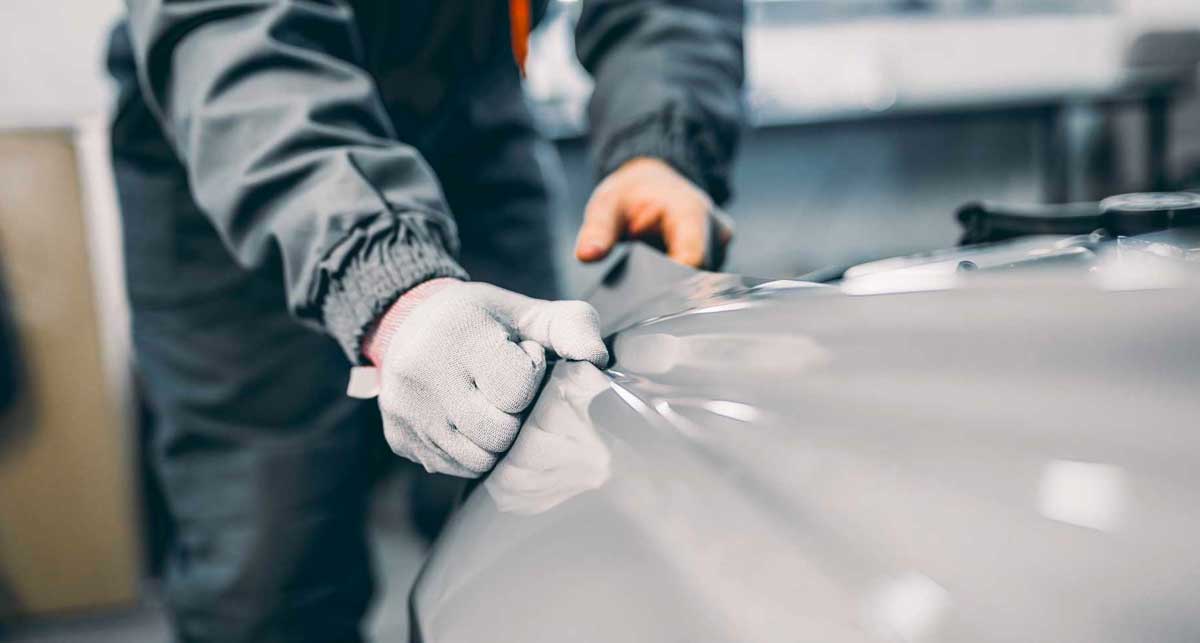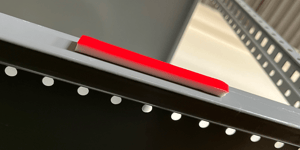You may have found yourself staring back and forth between a metal and rubber surface, desperately trying to figure out how to connect them. Yet, just as you break out the glue stick, you recall that adhesive tapes can create powerful dissimilar bonds.
As a converter specializing in complex part design, Strouse’s engineering team has extensive experience working with double-sided adhesive tapes built for robust rubber-to-metal applications. So, before ordering that industrial super glue tankard, consider what tape solutions are available.
If you’re looking for the best adhesive tape for rubber-to-metal, read on to learn what to ask when designing a strong and durable product.
The Difficulty of Bonding Rubber to Metal
Rubber and metal have different surface energies which affects the types and strength of the joining materials used.
Metal often has a high surface energy, which enables adhesives to stick more easily. However, rubber surfaces have a lower surface energy, meaning they have different adhesive needs. Moreover, common metal treatments like powder coating have low surface energy and require adhesives designed for LSE.
Surface energies are highly dependent on your chosen substrates and are crucial to consider when sourcing the right adhesive for your product.
What Tapes Can You Use For a Rubber to Metal Application?
Projects using rubber-to-metal bonding applications involve a wide range of material variability. For instance, rubber-to-metal components inside medical devices won’t require the same level of heat resistance as those attached to car trim. However, the following big categories contain many metal-to-rubber bonding tapes.
DIFFERENTIAL DOUBLE SIDED TAPES
Differential tape uses two types of adhesives on either side of a carrier to attach substrates. They are commonly used to form a permanent bond on one side and a temporary bond on the other.
Unfortunately, since differential adhesives are customized for the application, they tend to be more expensive than regular tape. But despite the higher cost, differentials allow you to create a powerful bond between dissimilar materials.
Unlike liquid super glue or cyanoacrylate adhesives, differential double-sided tapes for rubber-to-metal bonding can be specifically designed to suit both materials and allow you to adjust for your desired performance.
HEAVY DUTY FOAM TAPES
Double-sided foam tape is an everyday staple of heavy-duty bonding applications due to its adhesive strength and conformability. Foam tapes are also ideal for sealing, which is relevant to many rubber-to-metal applications.
While some double-sided foam tapes are differential (having a different adhesive on either side), not all are.
FOAM TAPE OPTIONS
Due to their low surface energies, foams like silicone or EPDM are challenging to adhere to. While foam materials can be treated to overcome low surface energy, you’ll want to pursue careful sourcing and testing of materials for your application.
Depending on the application, there are many different types of foam tapes you might consider for a rubber-to-metal application:
- Silicone
- Polyurethane
- Polyethylene
- Urethane
- Neoprene
Certain foams like urethane are lightweight in density, and can often be found in the form of high-strength bonding solutions to replace mechanical fasteners like bolts or screws.
Before you choose foam tape, inspect its attachment capabilities and factors such as pattern, texture, and thickness. While textures generally increase the foam’s surface area, they also decrease the surface area for adhesion. For all intents and purposes, tapes are flat. If you exclude significantly high adhesive mass or flow characteristics, the adhesive tape will only contact the “high points” of a texture or pattern, resulting in lower adhesion.
How To Find the Right Metal to Rubber Adhesive
The best adhesive for rubber-to-metal bonding is the one that matches your chosen substrates, desired adhesive strength, placement environment, and application.
SOURCE TAPE BASED ON APPLICATION
Instead of spending more time and money on adjustments later on, you’ll want a rubber-to-metal tape that bonds your substrates precisely and is easy to apply. Consider these factors.
-
Industry standards and specifications
Certain applications require that their adhesives meet specific standards or certifications, which vary by industry. For rubber-to-metal applications, the primary industries that should be on the lookout for needing verification are medical, automotive, and electronics.
-
Know the stress forces applied
Pay attention to which stresses are applied and how they apply to the application once it’s used. Hanging stress from a mounting adhesive will likely function differently and require more holding power than an internal device attachment.
-
Plan for the intended environment
You’ll want to know the adhesive's intended environment, including the required temperature range and chemical resistance. Understanding this environment will help you decide whether to account for sealing or waterproofing.
Efficient Metal-Rubber Bonding Solutions
Sourcing the right adhesive can be challenging, but reaching out to a converter will decrease your chances of making an error and increase the speed and efficiency of your product development. Not only will they help you find the right material, but they will also offer design and manufacturing expertise.
Reach out to Strouse to get a prototype sample, ask manufacturing questions, and continue the product development process.
Want to learn more about adhesive bonding? Gain a fuller picture when you check out our Learning Center.
Originally published: September 26, 2023







